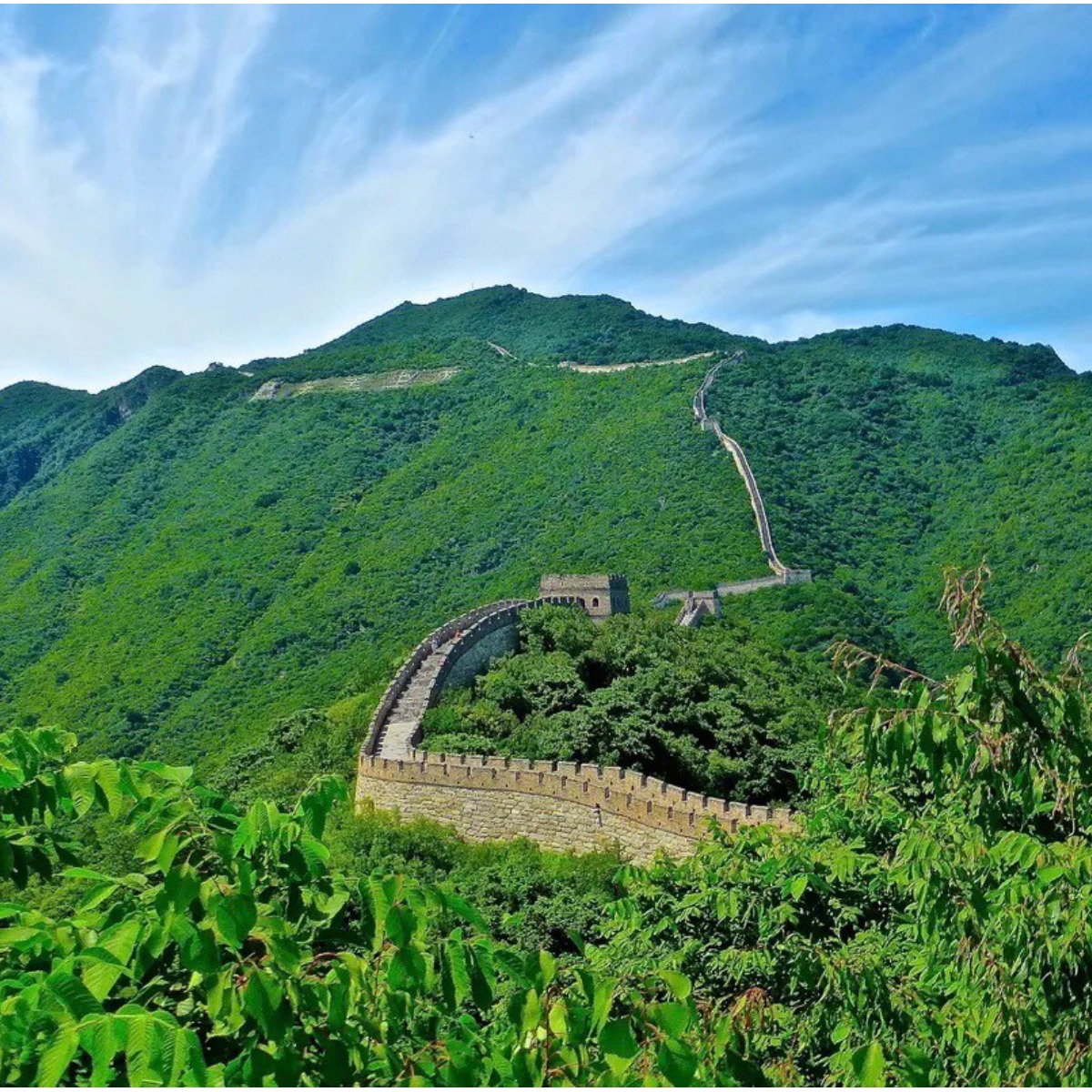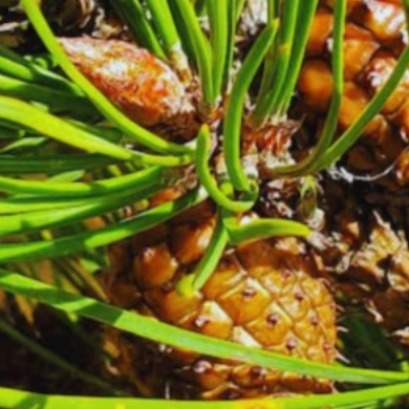
China is carrying out the most ambitious reforestation project in the world: a wall of 4,500 kilometers of trees
The goal is to stop the desertification that threatens the Asian country and occupies 27% of its surface
According to a United Nations report, desertification has been accelerating throughout the world for years. A phenomenon that has grown especially during the last century and this, mainly affecting the areas likely to be arid, semi -arid and with dry climates. In total, the Earth has lost a third of its cultivable land. And one of the most affected countries is China, since 27.4% of its surface is deserted, affecting 400 million people. To solve it, it has undertaken the worlds largest reforestation project. The problem of desertification. Each year the sand storms are eaten 2,300 square kilometers of agricultural lands in the Asian country. Many times it is due to wind desertification, caused by wind erosion after vegetation has been destroyed. It also happens due to the loss of water and soil, caused by the water erosion distributed mainly in the Loess plateau. And by salinization, caused by poor water management and desertification of rocks, which occurs in the karst region of southwest China. The main problem is that an excessive population lives in the drylands and exceeds the load capacity and ecological restoration and restoration From this area, explained Feng Wang, professor at the Institute of Desertification Studies of the Chinese Forest Academy, in this article by Climate Diplomacy. The Great Great Wall Project. To stop the threat of desertification, China launched in 1978 an ambitious project: the Great Green Wall. This is the largest reforestation initiative in the world, which is expected to continue until 2050. The first objective was to stop the expansion of the Gobi desert and provide wood to the local population. Now, the government has proposed other plans, such as planting a wall of trees that will extend around 4,500 kilometers long in several cities. The Chinese government is very optimistic with the results of this long -term process, stating that so far thousands of moving dunes and the frequency of sandstorms throughout the country have been stabilized in a fifth part between 2009 and 2014: Only in Beijing were reduced by 70% between 2008 and 2018. According to a study published in the Ecological Process magazine by scientists of the Institute of Applied Ecology of the Chinese Academy of Sciences, forest areas have increased by 158,051 kilometers Squares. The number of trees planted around 66,000, mainly from the species Enterolobium cyclocarpum and others of the Fabáceas family, given their adaptability to these lands. According to the researchers, the reforestation project has created an important carbon sink that is capable of absorbing 5% of the Total Industrial Emissions of CO2 of China between 1978 and 2017.The trend. All that effort is part of a Chinese strategy to extend its natural surface in the country. In addition to the Great Green Wall, they have launched other measures such as a series of laws to return part of the cultivation and pastures to forests and meadows. And that is costing huge amounts of money. The investment in reforestation was around 70,000 million euros in the first five years of the 2010, according to the Green Is Gold report, of the United Nations. To finance the cost, sanctions have increased to companies that practice deforestation. Some experts experts , skeptics. However, some experts believe that this initiative, although it has a good purpose, is not working properly. Jennifer L. Turner, director of the Chinese Environmental Forum at the Woodrow Wilson Center points out that people are planting many trees to stop desertification, but then nobody really worries about them and they die. He argues that many of the trees that are planted in areas where they do not grow naturally simply die after a few years. And those who survive absorb much of the groundwater that native pastures and shrubs need, causing a greater degradation of the soil. The cure can be worse than the disease. In fact, other experts believe that more than benefits, this project can bring more problems, such as reforestation exceeding the ability of the earth, condemning trees to death if there is no constant human intervention. People go to the natural sand dunes and the Gobi to plant trees, which have caused a rapid decrease in soil moisture and the water table, explained Xian Xue, expert in wind desertification in China and professor in the Chinese Academy of Sciences, in this article by National Geographic.
IT MAY INTEREST YOU
 Nation reinforces prevention and training against forest fires
Nation reinforces prevention and training against forest fires
The director of the Federal Emergency Agency (AFE), Santiago Hardie, referred to the support that the Nation provides in fighting fires. He argued that the majority of igneous sources respond to human interventions and that, therefore, social awareness is a central tool to reduce environmental, material and human damage.
 Native forest | In Misiones, controls are tightened on routes for illegal transport of native wood, logging of forests without permits and fraudulent digital guides
Native forest | In Misiones, controls are tightened on routes for illegal transport of native wood, logging of forests without permits and fraudulent digital guides
Informality in forestry activity in Misiones was once again evident, the culture of operating illegally is a historical problem, and the Ministry of Ecology and Renewable Natural Resources carries out the corresponding control and inspection operations in the regulation of productive activity and sustainable management for the use of native forests.
 The DNA of forests: they discover what makes a tree resist drought
The DNA of forests: they discover what makes a tree resist drought
An international team, with the participation of INTA and Conicet, discovered that genetics can be decisive for trees to better resist droughts





















